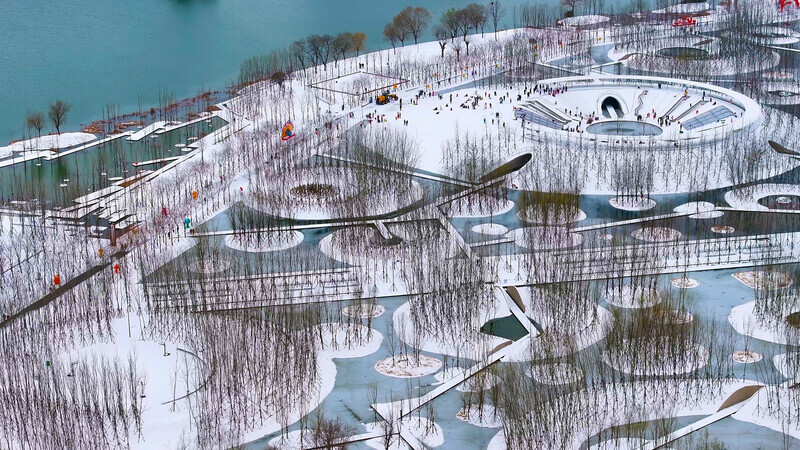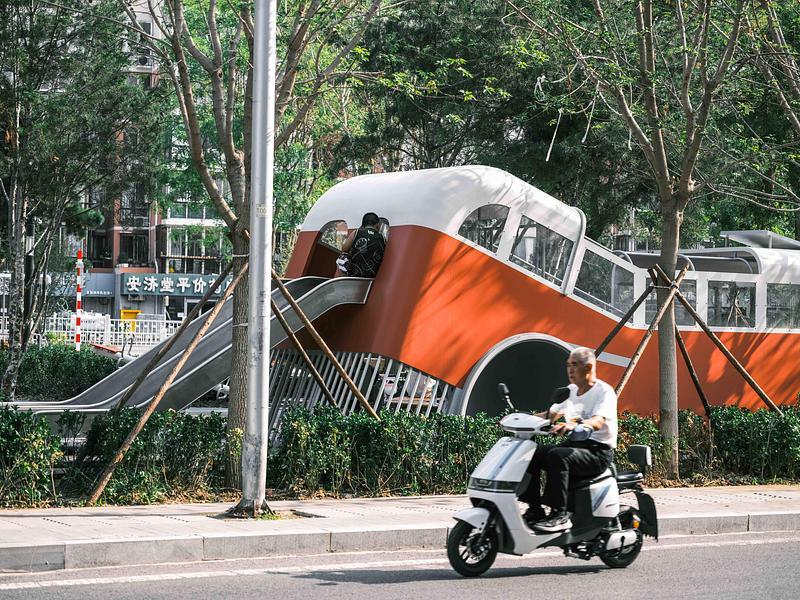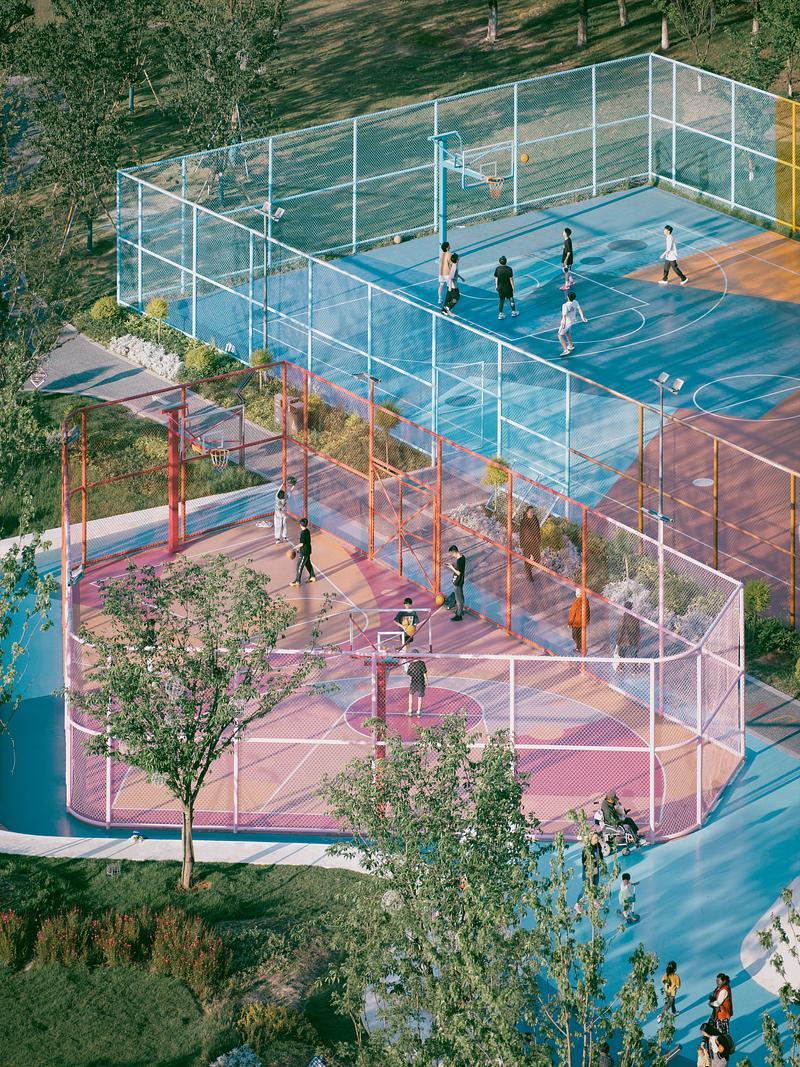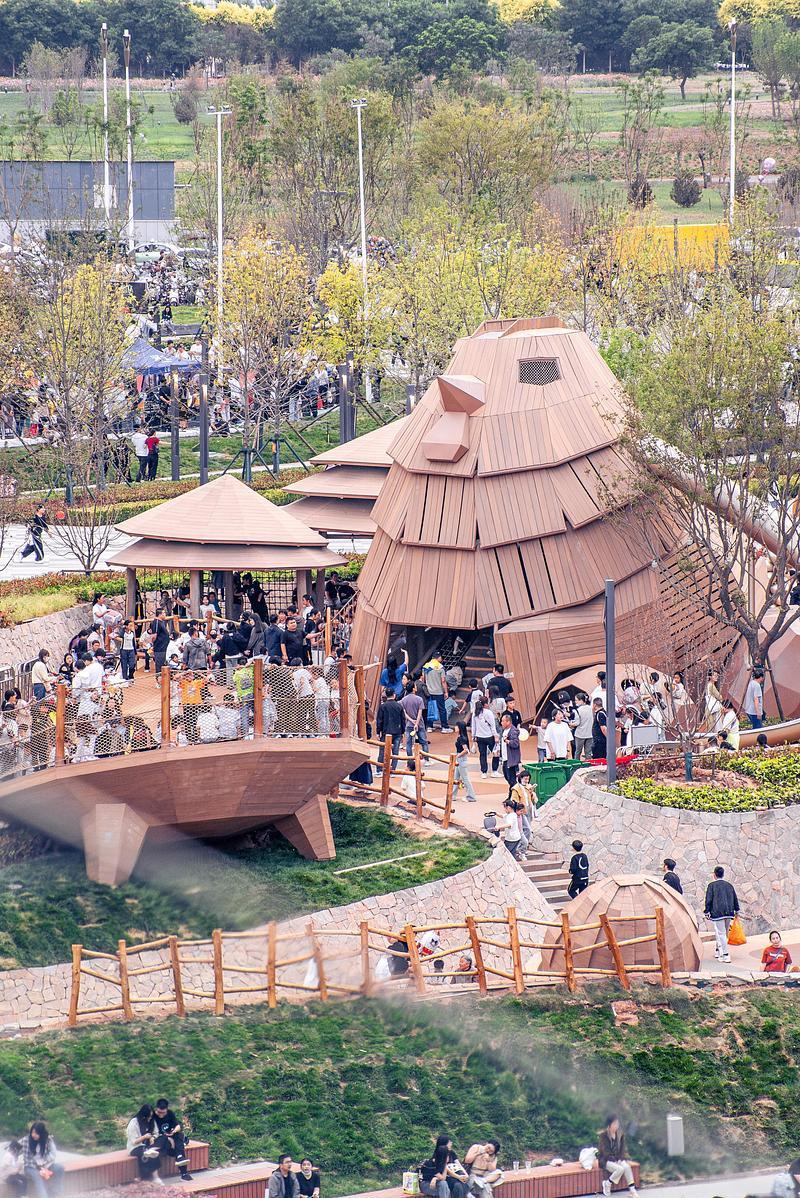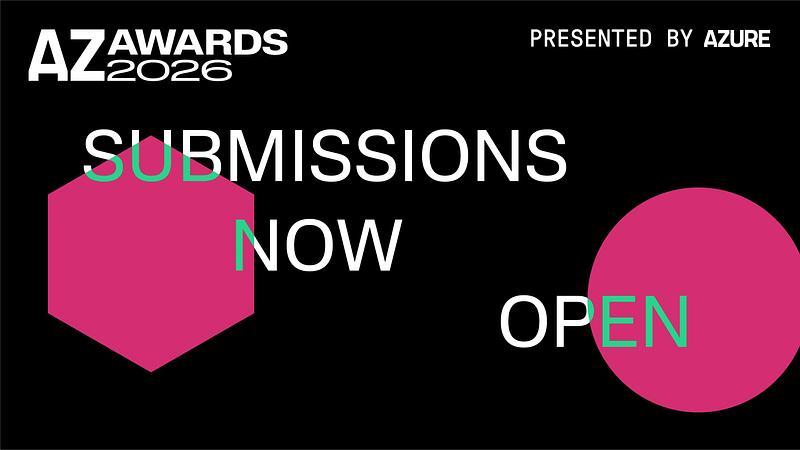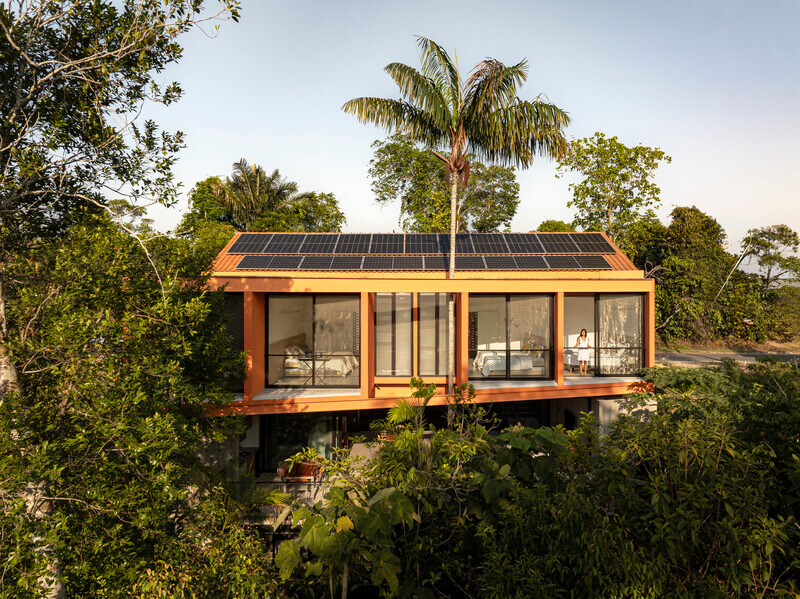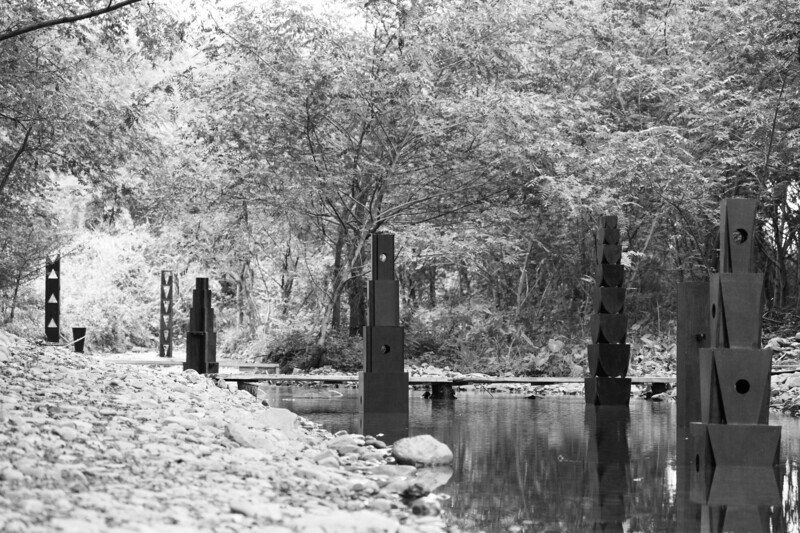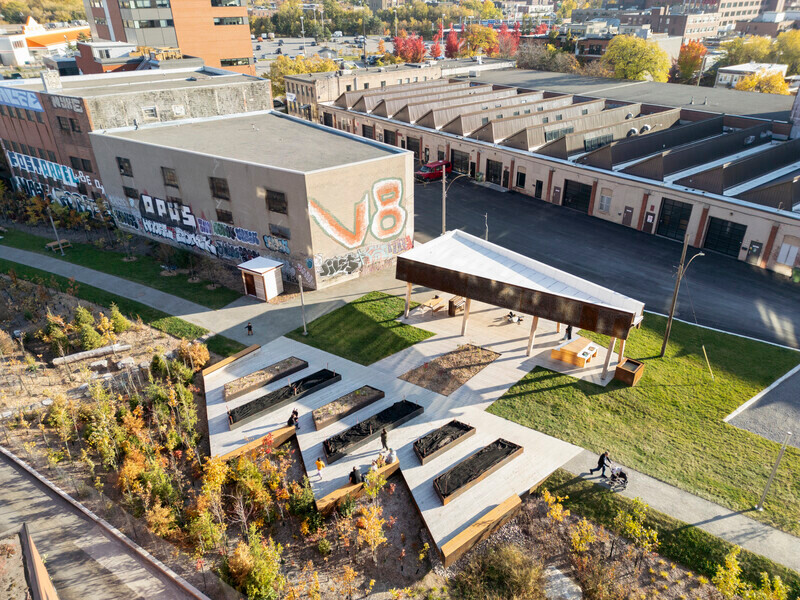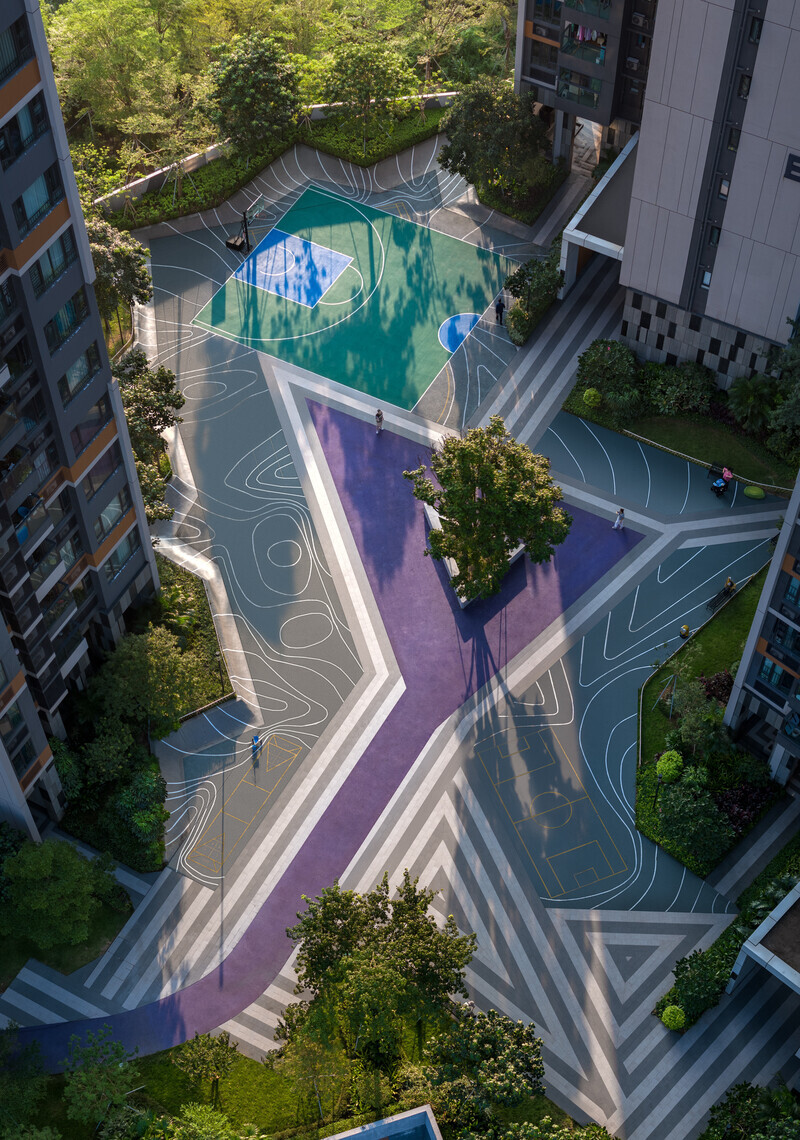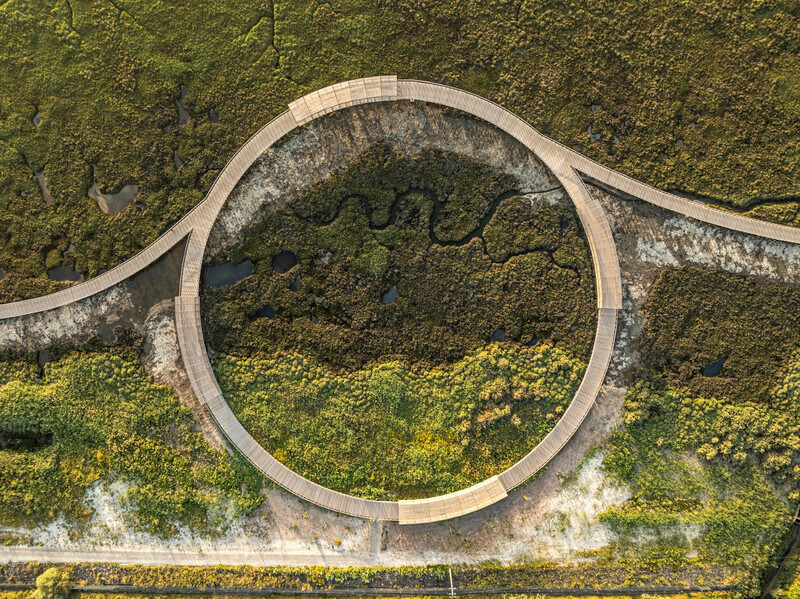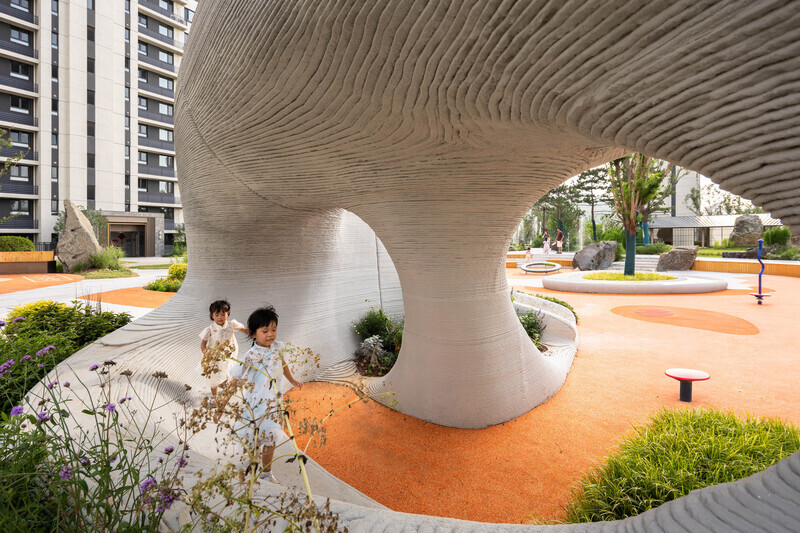
Dossier de presse | no. 2696-04
Communiqué seulement en anglais
Benjakitti Forest Park: Transforming a Brown Field into Urban Nature
Turenscape
1. Project Statement
In the busy center of Bangkok, Thailand, with a low budget and limited period of 18 months, a former tobacco factory site has been transformed into a low maintenance green lung that regulates stormwater, cleanses contaminated water, provides habitats for wildlife, and has created the largest public space for the dense population living downtown and beyond. The project has become a new cultural icon for the capital city and showcases a replicable modular approach to earthworks practice that transforms and recycles the lifeless concrete ground into a resilient living ecosystem that provides a full range of ecosystem services.
2. Site and challenges
Located in the Chao Phraya River delta, Bangkok is a densely populated capital city with a population of over 10.5 million. The flat, low-lying urban area has an average elevation of 1.5 metres (4 ft. 11 in.), or lower than sea level. Most of the area was originally swampland, which was gradually drained and irrigated for agriculture through the construction of canals. The region falls under the influence of a monsoon climate, with an average precipitation of 1500 mm (59 in) of rain per year. Subsidence has been a major problem, caused by extensive groundwater pumping, which together with global warming has resulted in increased flood risk due to its low elevation and inadequate drainage infrastructure. Heavy downpours often resulted in urban runoff that overwhelmed drainage systems and caused severe flooding affecting much of the city.
Measuring 102 acres in size, this project is located in central Bangkok, in Khonti District. The former tobacco factory is densely occupied with single floor warehouse buildings, scattered in between with a number of canopy trees. The site is surrounded by Phaisingto Canal to the north, which was contaminated with urban runoffs and sewage. To the west, the Duang Phithak Urban Expressway cut the site from the adjacent community. There is also an artificial lake to the east, a rehabilitation hospital, a hotel, and the Queen Sirikit National Convention Centre to the south. Besides the challenging site, the budget for this project was eventually limited to just 20 US dollars per square meter, and it was expected to be finished in a very short timeline of 18 months. The project was overseen by the army, with very little experience and skills in landscape projects.
In addition to the high risk of urban flooding, the canal at the north border is heavily contaminated. Except for a small tobacco factory museum and a sports center, there are no required programs for the site. The design was the result of an international competition.
3. Design objectives and strategies
In addressing the multiple challenges of the site and the city, the project was intended to be designed as a central park that can provide holistic ecosystem services to the city, including stormwater regulation to adapt to the changing monsoon climate. It was also intended to demonstrate a nature-based solution to cleansing ubiquitously polluted urban water, life supporting for native species, and also as a public space badly needed for daily recreational activities and other cultural services. For these objectives, three strategies were applied:
3.1 Recycle and reuse
All existing trees on the site have been preserved and integrated. To keep the budget low, all main roads of the existing grid are also being preserved. Both the sports center and museum are designed using the existing factory buildings, which will be fully integrated into the landscape. The demolished concrete materials will be recycled for the earthwork foundation and paving.
3.2 Creating porosity and wetlands
Firstly, cut-and-fill is used to create wetlands dotted with islets. Without importing or exporting earthwork, three constructed wetlands scattered with hundreds of mini-islands are created by simple cut and fill to transform the concrete-paved ground into a spongy and porous landscape, which is expected to retain stormwater from the surrounding area during the monsoon season (up to 200,000M3). This tilled landscape also turns the otherwise hard clay surface soil into a wet and spongy habitat allowing a rich native community to be established, with minimum irrigation or maintenance needed during the dry season. This modular landscape can be easily executed by one singular digger and minimizes its dependence on labor skill and makes the army operation feasible.
The foundation and foot of each islet are consolidated using recycled concrete materials. While pre-existing trees are to remain at the center of individual islands, young seedlings of the canopy trees are planted on each of the newly constructed mounds at minimum cost. The wetlands are designed at two elevations, with a deeper core area and the terraced shallow shoreline. The latter is connected to the linear water remediating wetland built along the north and west border of the park that filtrates the contaminated water from the canal, and cleanses 8152m3 of water from the poorest V grade to III grade each day. The amount of cleansed water is enough to keep the wetlands nourished during the dry season and turn the shallow shoreline into a life supporting ecotone that allows a lush vegetation community to be established.
Secondly, while the major roads are preserved and reused, a leaner cut is made in the middle of the pavement to create a permeable bio-swale and flower bed that separates bicycle lanes and pedestrian paths, bringing the wide truck road to a human scale.
Thirdly, for the sports center and museum that make use of the existing buildings, the principle of porosity is also applied to transform the factory building by daylighting portions of the roofs and allowing the living landscape to penetrate through the extensive concrete cove.
3.3 Initiating a low maintenance “Messy Nature”
The modulated landform with a diverse micro-environment initiates the evolution of a semi-natural plant community starting with seed sewing and tree seedlings, which results in a low maintenance vegetation that will be continually and spontaneously enriched by native species. A symbiotic ecological interrelationship is expected to develop between fauna and flora. The messiness of the constructed wetland thus creates a new aesthetic of dynamism and diversity in contrast with the typical urban landscape.
3.4 Creating immersive people places
Multiple boardwalks are designed along the shallow wetland at the edge that provide visitors with an immersive experience of urban nature. A sky walk runs through the preserved canopy trees and connects the park, previously separated by major roads, to create a unique immersive experience through the tropical foliage.
4. Performance
Benjakitti Forest Park, though built in short period of time, has demonstrated a great success. In the last summer, most of Bangkok city was flooded but not this park and its vicinity. The water remediating wetland performs well and produces enough water to keep the wetland survive the dry season. A rich variety of birds and other wildlife have taken home in this park, in total 91 species of birds were seen in this rewilded urban nature. The most striking achievement is that this green lung has truly become the largest central park for the densely populated central Bangkok and attracts tens of thousands of visitors daily who uses it for all kinds recreational activates, such as jogging and cycling, family gathering, commencement, picnic, dating, wedding photographing. It was celebrated as the new icon for the capital city as one can read through the social media.
Technical sheet
Dimensions: approximately 102 acres in central Bangkok's Khonti District。
Materials: The project emphasizes the reuse and recycling of materials to maintain a low budget. Existing concrete materials from demolished structures were recycled for the earthwork foundation and paving. Recycled concrete materials were also used in consolidating the foundation and foot of each individual islet within the wetlands.
Fabrication Techniques: Reuse and Recycle: Existing trees on site were preserved and integrated into the park design, while existing main roads were preserved to minimize costs. Repurposed factory buildings house the sports center and museum, with daylighting techniques applied to portions of the roofs to allow natural light into the structures. Creating Porosity and Wetlands: Cut-and-fill techniques were employed to create wetlands dotted with islets without the need for importing or exporting earthen fill. A simple cut and fill process, executed with a single excavator, was used to transform the impermeable, concrete-paved ground into a spongy and porous landscape. Each major wetland is designed with terraced shorelines and deeper core areas, with recycled concrete materials used for consolidation. Fostering a Low-Maintenance "Messy Nature": The landform was modulated to create diverse micro-environments, sown 3 of 104 of 10 with seeds and planted with tree seedlings to establish a semi-natural plant community. This approach promotes a low maintenance mosaic of vegetation that continually evolves with native species. Creating Immersive Places for People: Boardwalks along the shallow wetlands and a skywalk through the tree canopies provide immersive experiences amidst the urban nature.
Manufacturing/Building Process: The project was completed within a compressed timeframe of just 18 months, employing efficient techniques such as cut-and-fill procedures executed with minimal labor and the reuse of existing structures. The modular approach to landscape design facilitated the creation of a resilient ecosystem capable of providing various ecosystem services while minimizing construction complexities.
About Turenscape
Established in 1998 by the esteemed Dr. Kongjian Yu (Harvard GSD), a Member of the American Academy of Arts and Sciences. Laureate recipient of the Oberlander Prize and recipient of the IFLA Sir Geoffrey Jellicoe Award, Turenscape is acknowledged as a pioneering, government-accredited first-level design institute. With a dynamic team of over 500 experts, they specialize in architecture, landscape architecture, and urbanism, committed to delivering exceptional and holistic design solutions.
Guided by the visionary leadership of Dr. Yu for more than 25 years, Turenscape has profoundly shaped the landscape of over 1,000 projects in upwards of 250 cities globally. Their dedication to innovation, cultural respect, and environmental stewardship has earned a distinguished collection of over 100 international accolades. Highlights of that recognition include 14 ASLA Excellence and Honor Awards, 8 WAF Awards, 5 AZ Awards, the Holcim Awards, ULI Excellence Award, and the esteemed Cooper Hewitt National Design Award.
Turenscape's design philosophy, encapsulated by the mantra "Nature, Man, and Spirits as One," advocates for a harmonious integration of land (Tu) and humanity (Ren). This principle aims to cultivate sustainable environments through a deep-rooted connection between earth and society, ensuring a balanced coexistence for future generations.
Under Dr. Yu's leadership, Turenscape has redefined the fields of landscape architecture and urbanism, emphasizing the discipline as a vital "art of survival." This approach addresses contemporary challenges such as urban expansion, environmental degradation, and climate change through inventive practices. The strategies of "negative planning," the "sponge city" initiative, "Big Foot Aesthetics," and "Deep Form" are testaments to Dr. Yu's pioneering ideas, which prioritize ecological sustainability and functionality.
As Turenscape forges ahead, they remain dedicated to crafting enduring designs that foster profound and lasting connections between communities and their environments, championing a future where both flourish in harmony.
Pour plus d’informations
Contact média
- Turenscape
- Vivian Tian, Dean Assistant
- yu_office@turenscape.com
- +86-10-62745788
Pièces jointes
Termes et conditions
Pour diffusion immédiate
La mention des crédits photo est obligatoire. Merci d’inclure la source v2com lorsque possible et il est toujours apprécié de recevoir les versions PDF de vos articles.
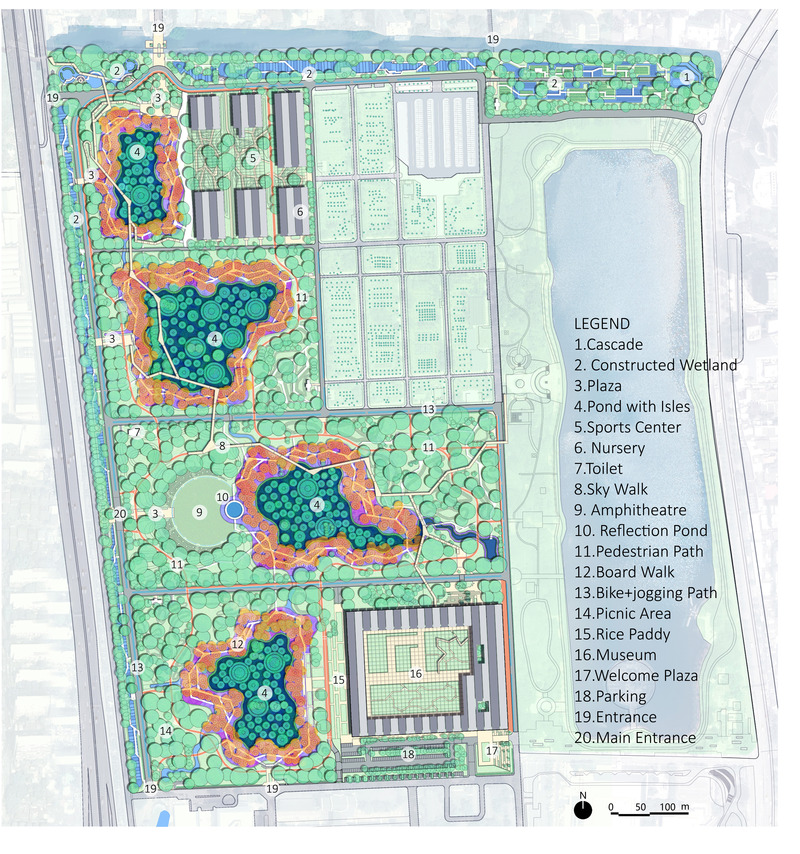
Image très haute résolution : 21.9 x 23.38 @ 300dpi ~ 31 Mo
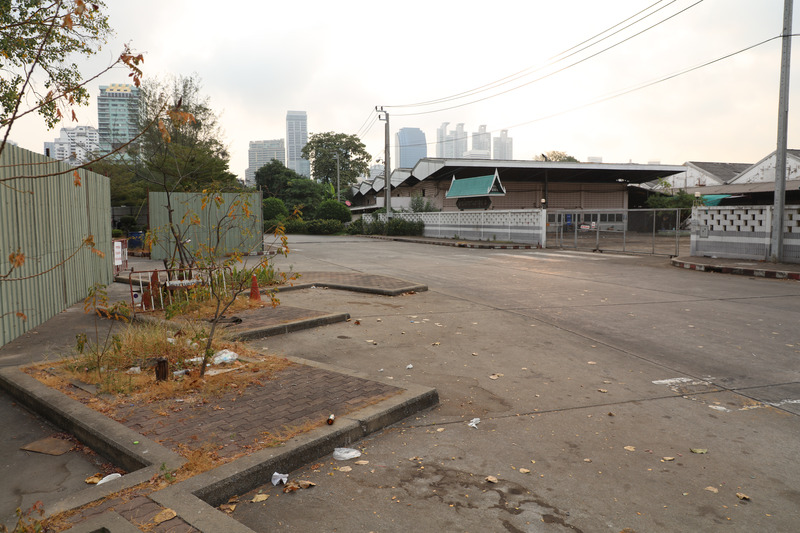
Image très haute résolution : 28.96 x 19.31 @ 300dpi ~ 16 Mo
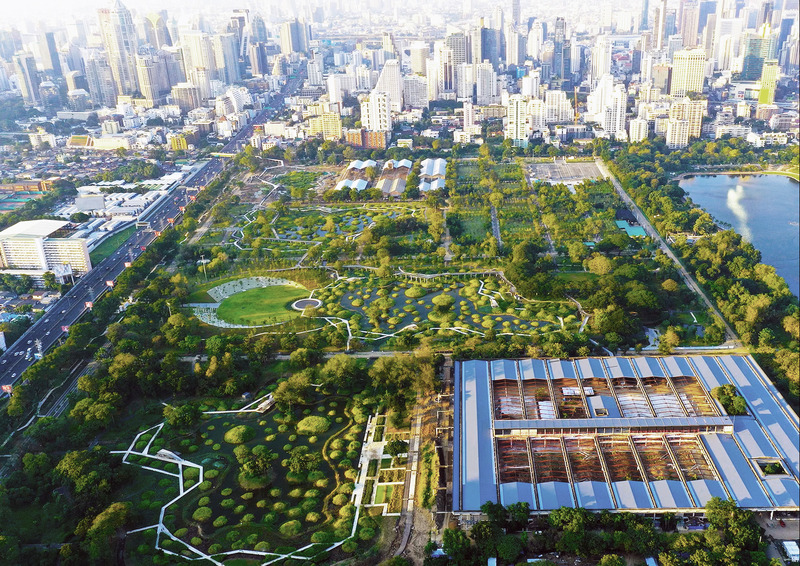
Image moyenne résolution : 5.09 x 3.6 @ 300dpi ~ 2,1 Mo
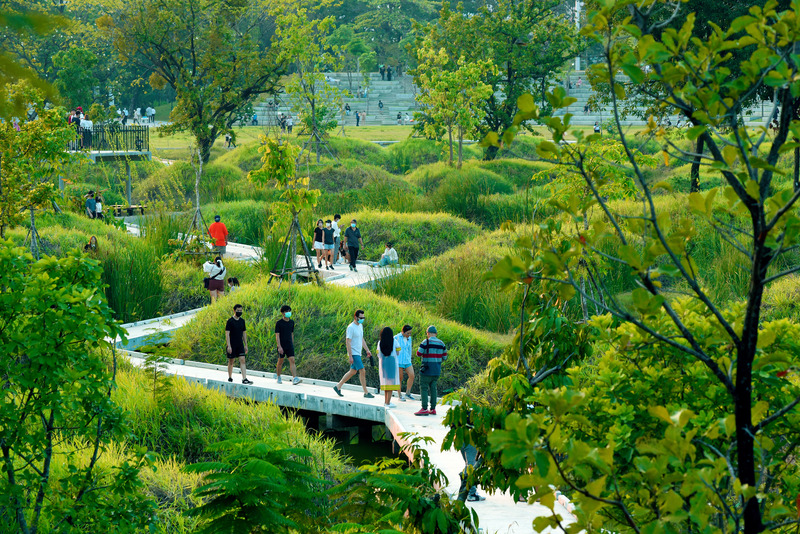
Image très haute résolution : 20.05 x 13.39 @ 300dpi ~ 27 Mo
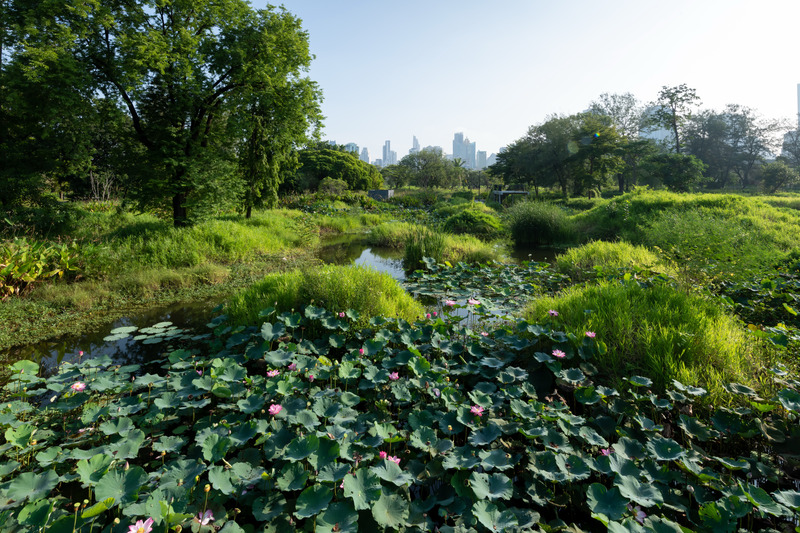
Image très haute résolution : 25.33 x 16.89 @ 300dpi ~ 13 Mo
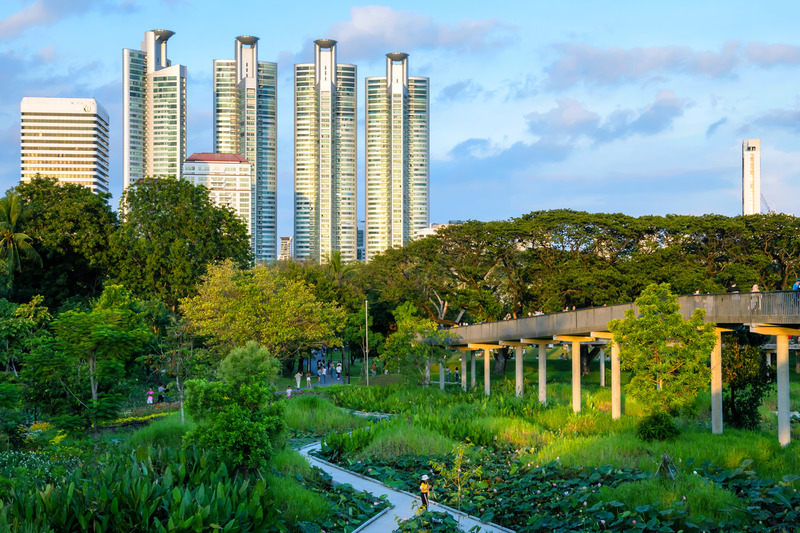
Image très haute résolution : 26.05 x 17.36 @ 300dpi ~ 31 Mo
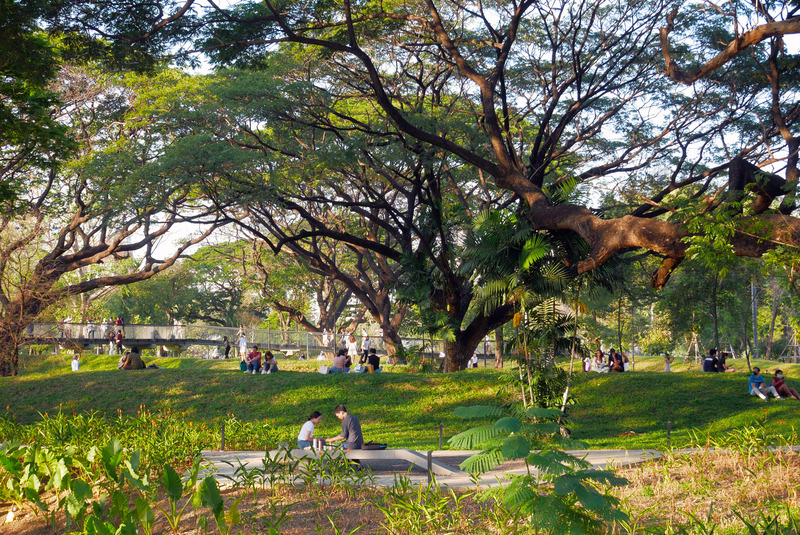
Image moyenne résolution : 10.77 x 7.2 @ 300dpi ~ 6,2 Mo
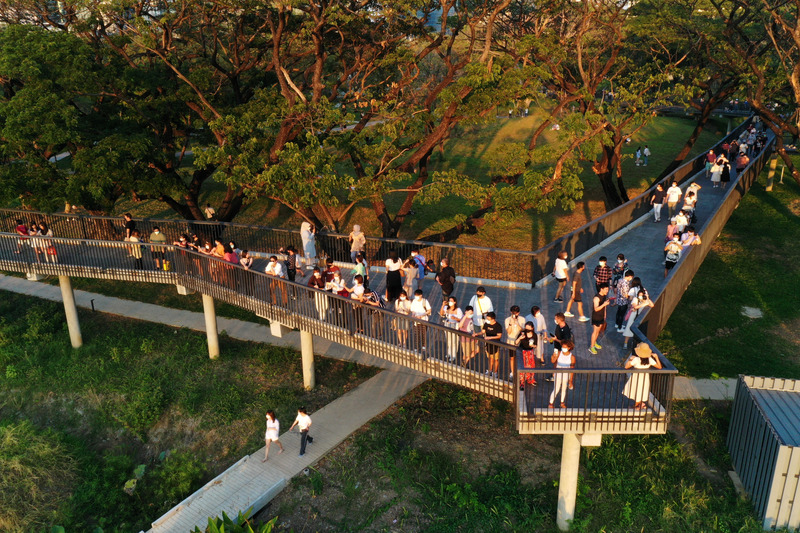
Image très haute résolution : 18.24 x 12.16 @ 300dpi ~ 4 Mo
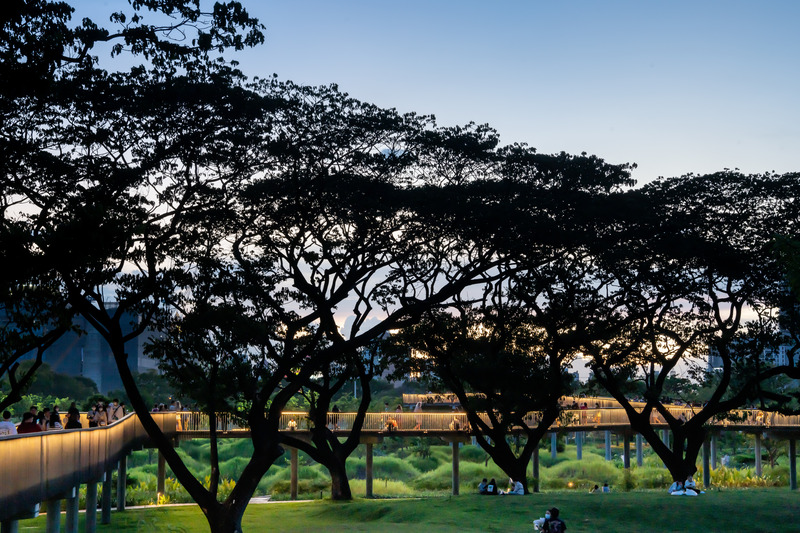
Image très haute résolution : 26.97 x 17.98 @ 300dpi ~ 34 Mo
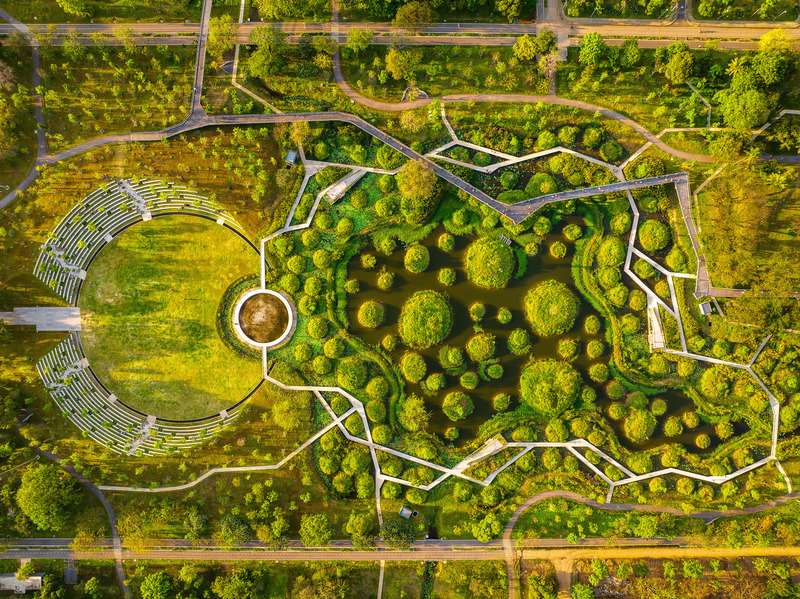
Image très haute résolution : 17.57 x 13.16 @ 300dpi ~ 21 Mo
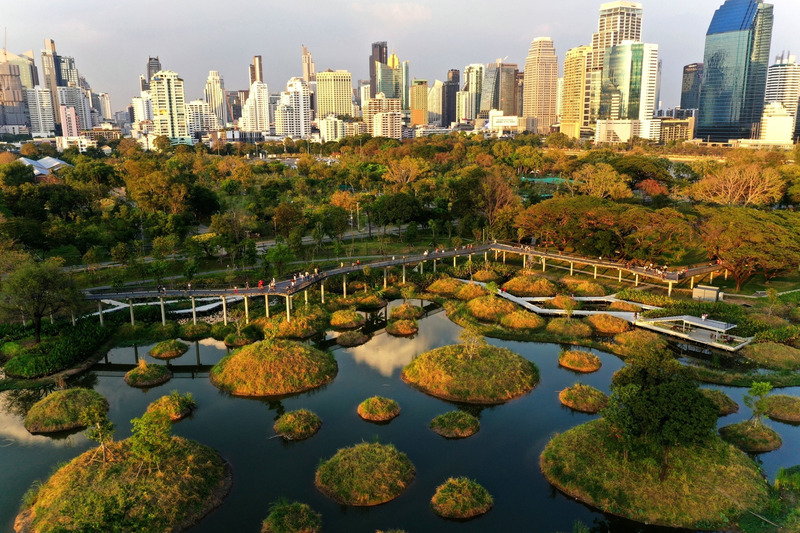
Image moyenne résolution : 5.67 x 3.78 @ 300dpi ~ 2 Mo
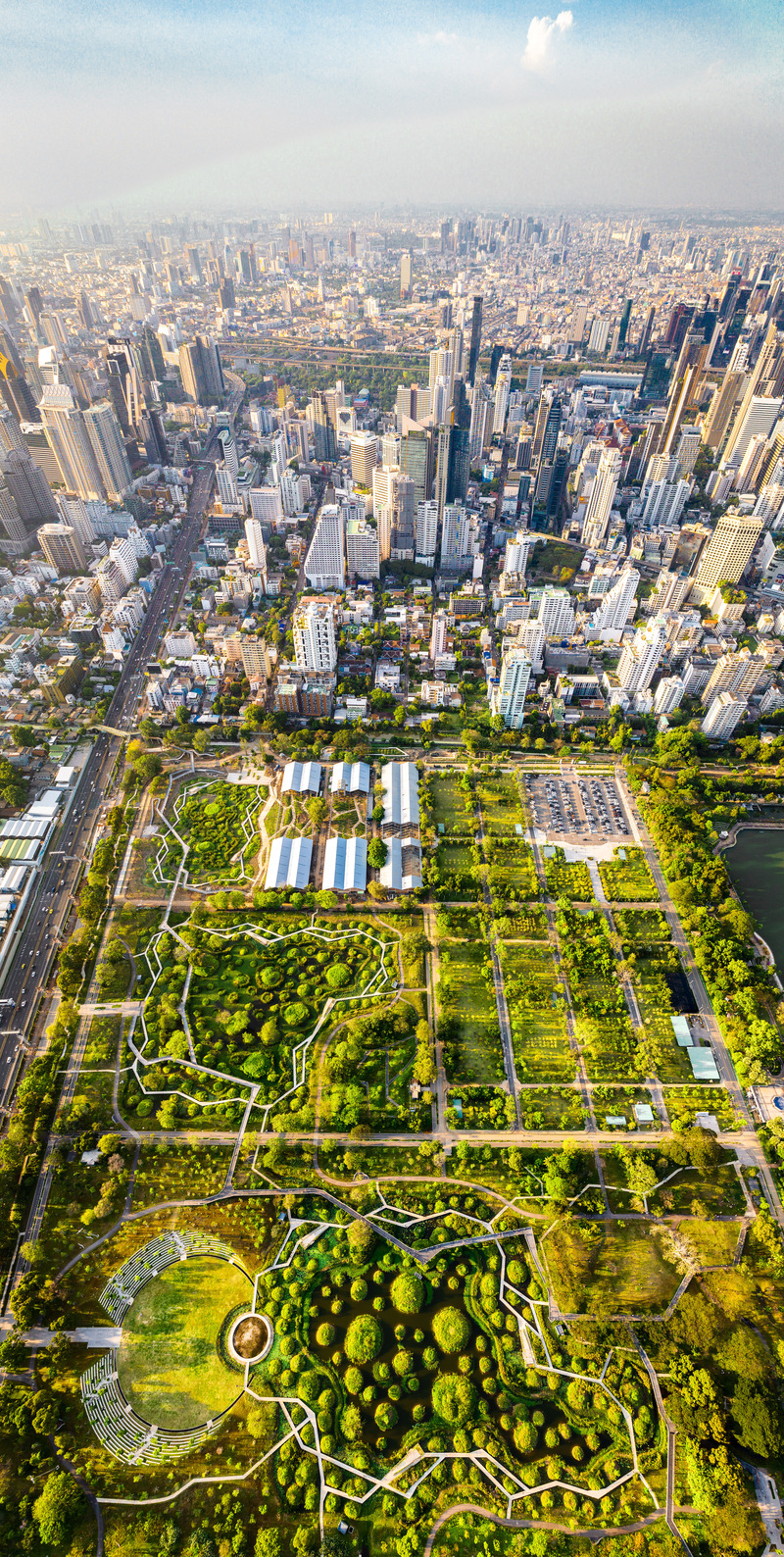
Image très haute résolution : 17.57 x 34.87 @ 300dpi ~ 31 Mo
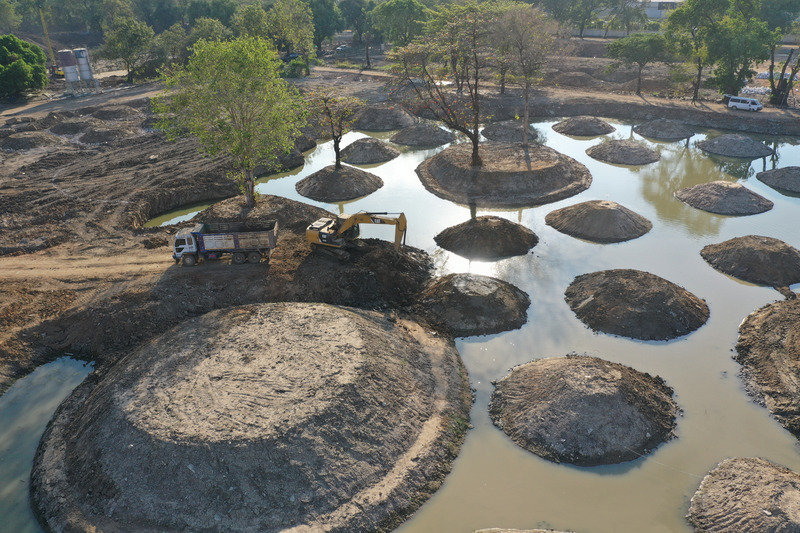
Image très haute résolution : 18.24 x 12.16 @ 300dpi ~ 11 Mo
